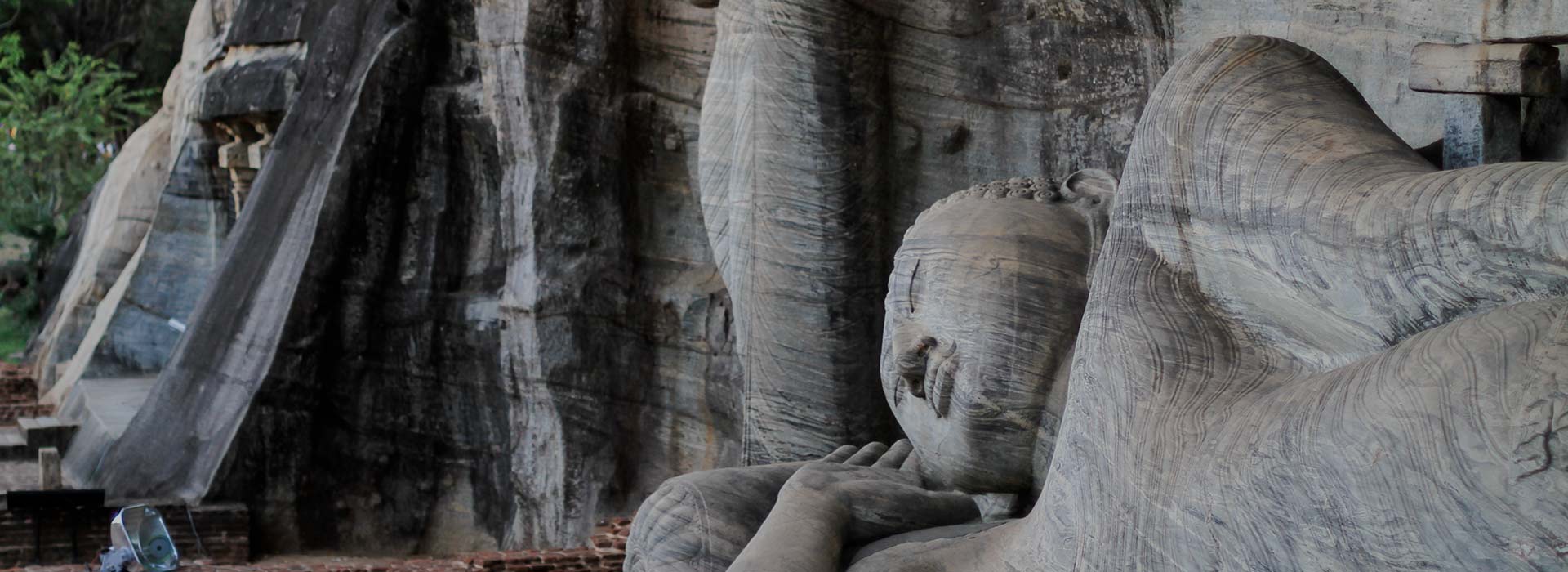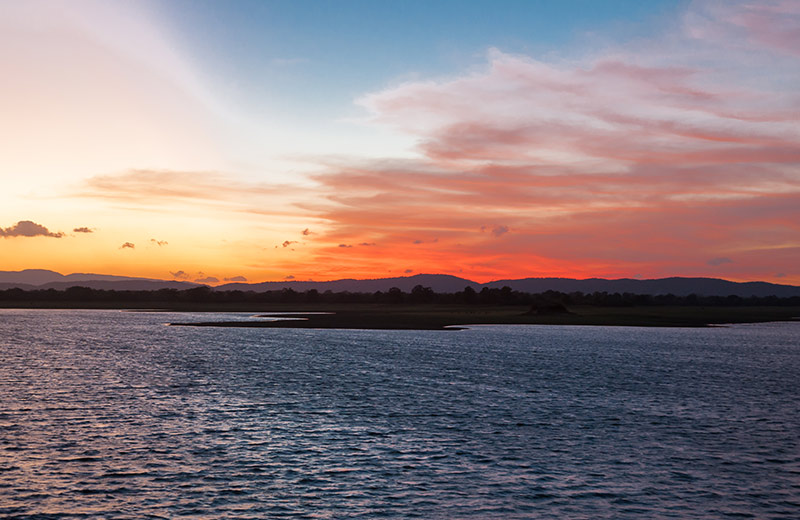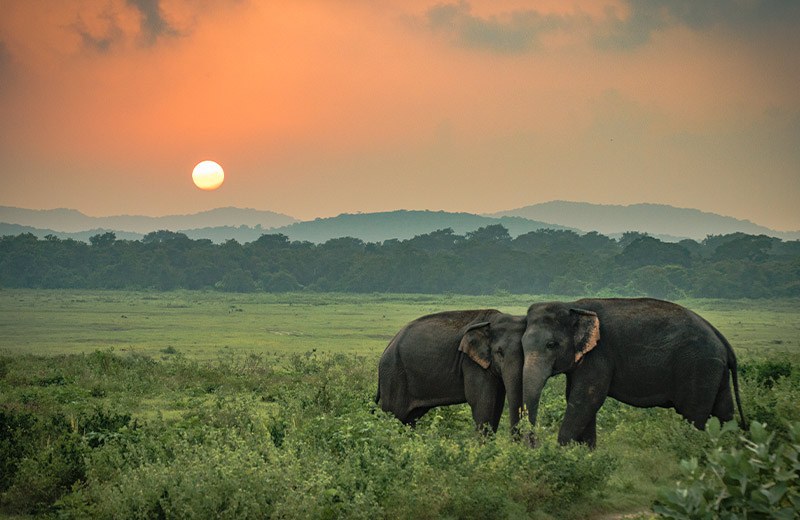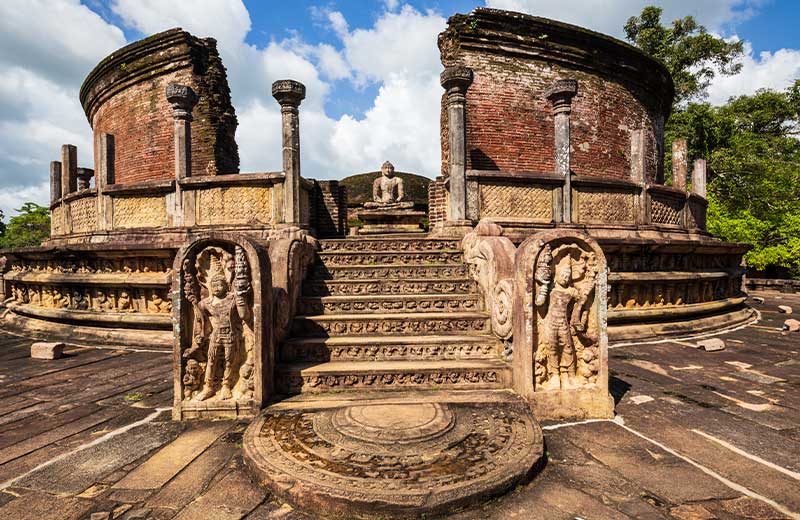Gal Vihara
Built somewhere in the 12th century, during the reign of King Parakramabahu, the Gal Vihara is a unique vestige that further confirms the intricacies of the craftsman that dwelled in the ancient kingdom. Literally translated as ‘Rock Temple’, the temple is still a major place of worship to many Buddhists in the country.
Significant Features
There are three statues that are of great interest, as it depicts the Lord Buddha in three unique positions. The seated statue shows the Buddha depicting the Dhyana mudra, while the reclining statue depicts the Parinirvana position, and is one of the most intricately sculpted statues, as the depression of the pillow, along with the lotus symbol on the side is still very visible even to this day. The standing image, on the other hand, is believed to be the Lord Buddha depicting an unusual gesture, which has led many archaeologists to believe that it is not the depiction of the Buddha, but his disciple Ananda.
The Gal Vihara, sometimes known as the ‘Uttaramaya’ (Northern Temple), is also believed to have once been covered in frescoes of intriguing nature, however, has long been destroyed due to the Chola invasions that took place in the 14th century. Parts of the frescoes though can still be seen if you take your time and explore the entire complex.



